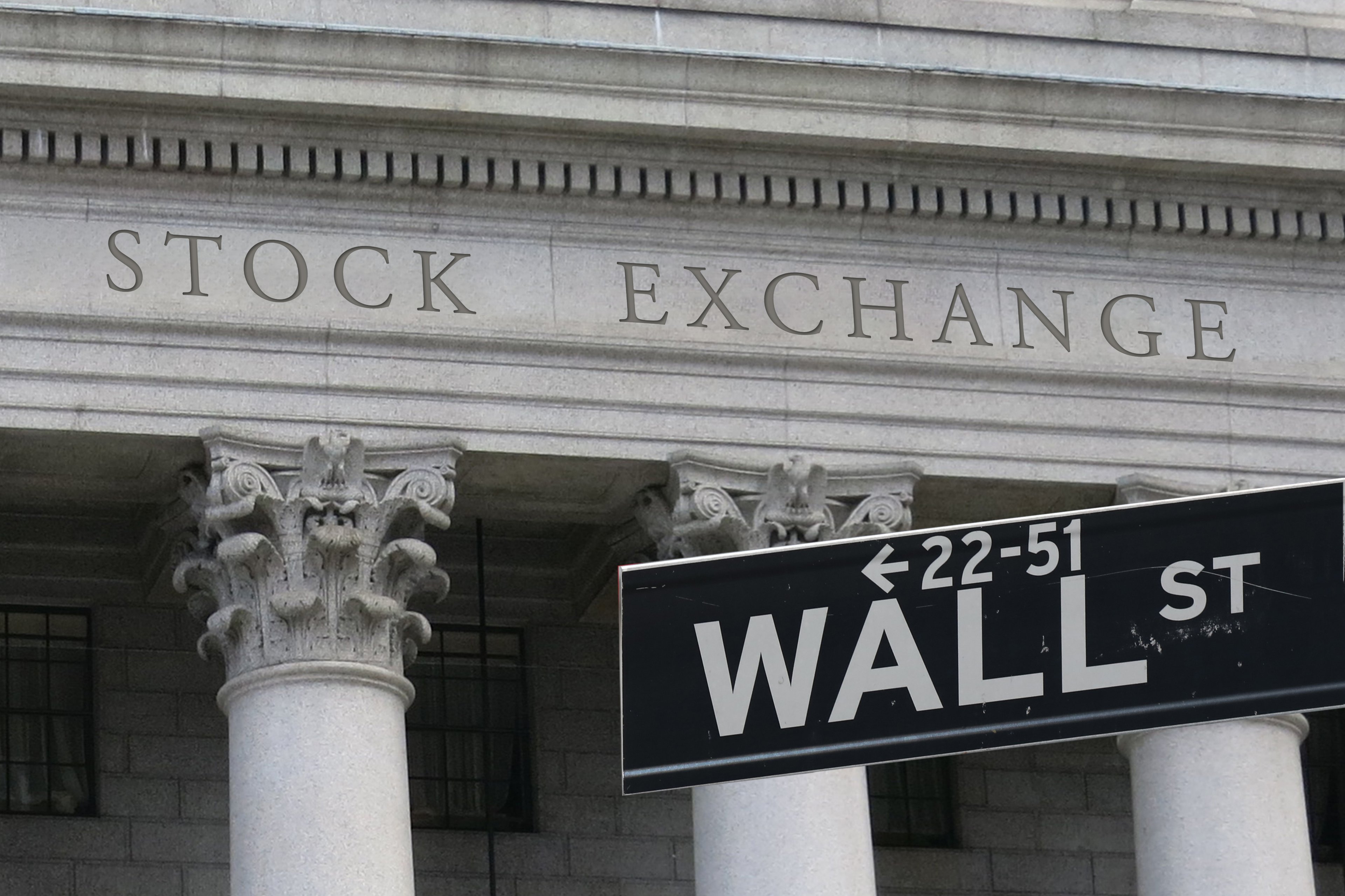While the impact of the coronavirus has roiled markets, many experts believe the economy and stock market will bounce back once this public health crisis is resolved. Former Federal Reserve Chairman Ben Bernanke recently said he could see a "very sharp, short" recession followed by a "fairly quick rebound." One top strategist expects markets to rebound by 40% and possibly even reach record levels by the beginning of next year.
For those of you interested in bank stocks, a sector that's been hit particularly hard in recent weeks, I've compiled a list of five that were absolute rock stars before the market took a turn for the worse. I'm sure I missed a few, but these stocks have stood the test of time, showing incredible price appreciation between January 2010 and the last day of trading in 2019. Like the rest of the market, they have seen a steep decline in their stock prices recently, making it an opportune time to buy and hopefully reap significant future gains.

Image Source: Yellow Pages.
Hingham Institution For Savings
The Hingham Institution For Savings (HIFS +2.97%) is a small, roughly $2.6 billion-asset bank based in Hingham, Massachusetts. Between Jan. 15, 2010 and the end of 2019, the bank saw its stock price rise from $32.75 per share to more than $210. That's a whopping 642% price appreciation.
Hingham is a pretty standard community bank that offers home mortgages and multifamily and commercial real estate loans. In 2019, the bank delivered a return on assets of 1.6% (ROA shows how well a company uses its assets to generate earnings; 1% is considered strong in the banking industry). Hingham's return on equity (ROE), a measure of how much value a company is providing to its shareholders, was almost 17% in 2019 (10% is considered strong).
Despite Hingham's great profitability, the metric that really stands out is its efficiency ratio, which measures a bank's expenses as a percentage of revenue. The lower the efficiency ratio, the better. Hingham delivered a jaw-dropping efficiency ratio of about 30% in 2019. A bank is considered to have a really good efficiency ratio if it can break 50%.
Silicon Valley Bank
Silicon Valley Bank (SIVB +0.00%) saw its stock price increase from $45.19 on Jan. 22, 2010, to more than $251 at the end of 2019, representing a price appreciation of 546%. The bank is unique because it works heavily in the tech sector and has helped fund 30,000-plus start-ups, companies that many traditional banks consider too risky to extend traditional credit.
But the strategy has paid off. Based in Santa Clara, California, the roughly $71 billion-asset bank delivered a 1.9% ROA and nearly a 20% ROE in 2019. Its efficiency ratio has been just under 50% the past two years.
Eagle Bancorp
EagleBank (EGBN +1.06%), based in Bethesda, Maryland, saw its stock increase from $9.27 per share on Jan. 15, 2010 to $48.63 at the end of 2019, a 525% price appreciation. The nearly $9 billion-asset bank is a bit riskier than your average bank, as it does all of its loans in the commercial sector, with a good chunk of those in riskier construction loans.
But with a ROA of about 1.6% in 2019 and a ROE a little over 12%, EagleBank has been attractive to investors over the years. I would keep an eye on asset quality, as the percentage of nonperforming loans (loans close to default) to total loans rose a bit in 2019, but the bank's stock is now trading below tangible book value.
First Republic Bank
The San Francisco-based First Republic Bank (FRC +0.00%), with roughly $116 billion in assets, has an interesting history. It launched in 1985 but got scooped up by Merrill Lynch right before the financial crisis in 2008. That same year, Bank of America acquired Merrill Lynch. Then in 2010, a pair of private equity firms purchased First Republic from Bank of America. Since it started trading as First Republic again on Dec. 9, 2010, its share price has grown from $27.41 to $117.45 at the end of 2019, representing a 428% price appreciation.
First Republic caters to a lot of high-net-worth individuals from wealthy parts of the U.S., including California, Boston, New York City, and Jackson, Wyoming, which are some of the main markets the bank operates in. In 2019, First Republic delivered an ROA of 0.87% and an ROE just over 10%.
JPMorgan Chase
There are other banks that have generated larger returns in the last decade, but it would be foolish not to mention one of the "too big to fail" banks right now, considering it's likely the most conservative of bank stocks to invest in. Leading up to the financial crisis in 2008, a lot of investors and analysts gave JPMorgan Chase (JPM 0.97%) grief for underperforming its peers. But a much younger Jamie Dimon, who became CEO of the bank at the end of 2006, stuck to his guns and told investors he believed competitor banks were taking on too much risk.
And he was absolutely right. Since then, JPMorgan has become the largest bank in the U.S., with roughly $2.7 trillion in assets. Its share price has grown from $39.16 on Jan. 22, 2010 to $139.40 at the end of 2019, a price appreciation of 355%. In 2019, the banking giant delivered an ROA of 1.4% and a ROE of 14%.









